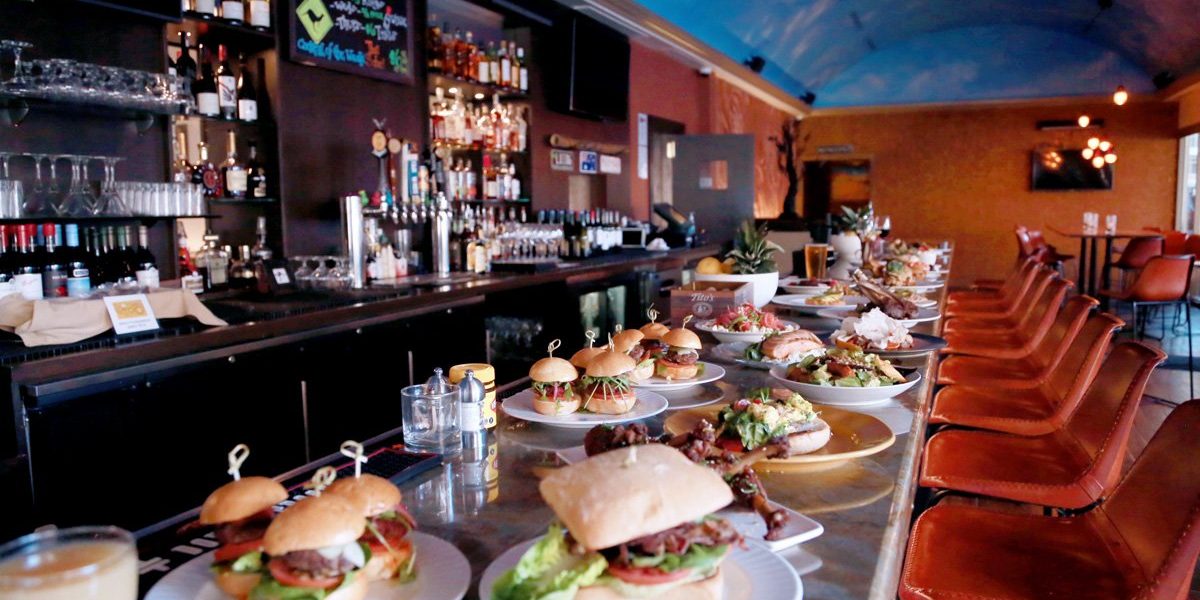Everywhere you go in Berkeley, there are so many delicious aromas wafting from numerous restaurants, beckoning passersby to stop in and grab a bite to eat. The tantalizing smell, as well as the convenience of food-on-the-go or lunch with friends, causes eating out to be the downfall of many a student’s diet. Some end up eating foods that should be reserved for special occasions on a regular basis (like King Pin Donuts), while others end up feeling so guilty for indulging that they starve themselves for the rest of the day. However, eating at restaurants can be part of a healthy diet as long as you remember these helpful tips.
Everything in Moderation
Denying yourself certain foods can cause you to have cravings or unhealthy binges later. Instead of keeping yourself from eating what you want, just try to remember portion control. Restaurants often serve portions much larger than what you actually need for a meal. (In fact, the average pasta dish contains more than three servings of the recommended amount of noodles.) The best way to do this is to always get a to-go box. It takes a while for your body to digest the food you consume. Often, people eat until they feel full, and then as their stomachs fully digest the food, they realize (too late!) that they overate. Instead, stop eating before you feel full, leaving enough leftover to get a to-go box. If you’re like me and have very little self-control, get a box at the beginning, and put a certain amount (I do about a quarter of the plate) in the box and put it away. Not only does this give you leftovers for later, but it also helps prevent overeating.
Look Up Nutritional Facts
Many restaurants nowadays have nutritional facts labeled right on the menu. If not, look the restaurant up online. If their nutritional facts aren’t online either, google the plate you want to get and see what other restaurants have for their nutritional facts. This can give you an estimate for what you’re fueling your body with and help you decide between different options. For example, a salad at SF Soup Co. contains more calories than many sandwiches at Subway. Remember, though, calories are not the only thing that counts. Depending on your fitness level, there’re recommendations for how much carbs, proteins, and fats should be in your diet. Keep this in mind when looking up nutritional facts. A bag of chips may have fewer calories than a healthy salad, but those chips have empty calories that will only leave you hungry and craving more.
Beware of Condiments and Dressings
The trimmings you add to your food often go unnoticed but can turn a healthy meal into an artificial disaster. Besides condiments, also beware of bread (a sourdough roll from SF Soup Co. has 210 calories) as well as drinks! Even those diet drinks without calories can have adverse effects on your appetite.
Stay Fit
Metabolism is highest one hour after working out, so before going out on the town, hit the gym or go for a run so that your body can maximize the amount of calories it burns when you chow down!
Overall, eating out can be healthy, though it does require a bit of self-discipline. Keep your portion size in control, eat slowly and enjoy your meal, stay informed about what you’ll be eating, and remember dieting doesn’t have to mean starving yourself or feeling guilty for eating. Eating is good for our bodies; we just have to be mindful of what and how much we’re putting in them. If you do slip up, though, it’s not the end of the world! Everyone needs days to enjoy a candy bar or big pasta dish guilt-free. Tomorrow is always a new day!
Article by Theresa Strenio
Feature Image Source: Oz Restaurant and Bar
























